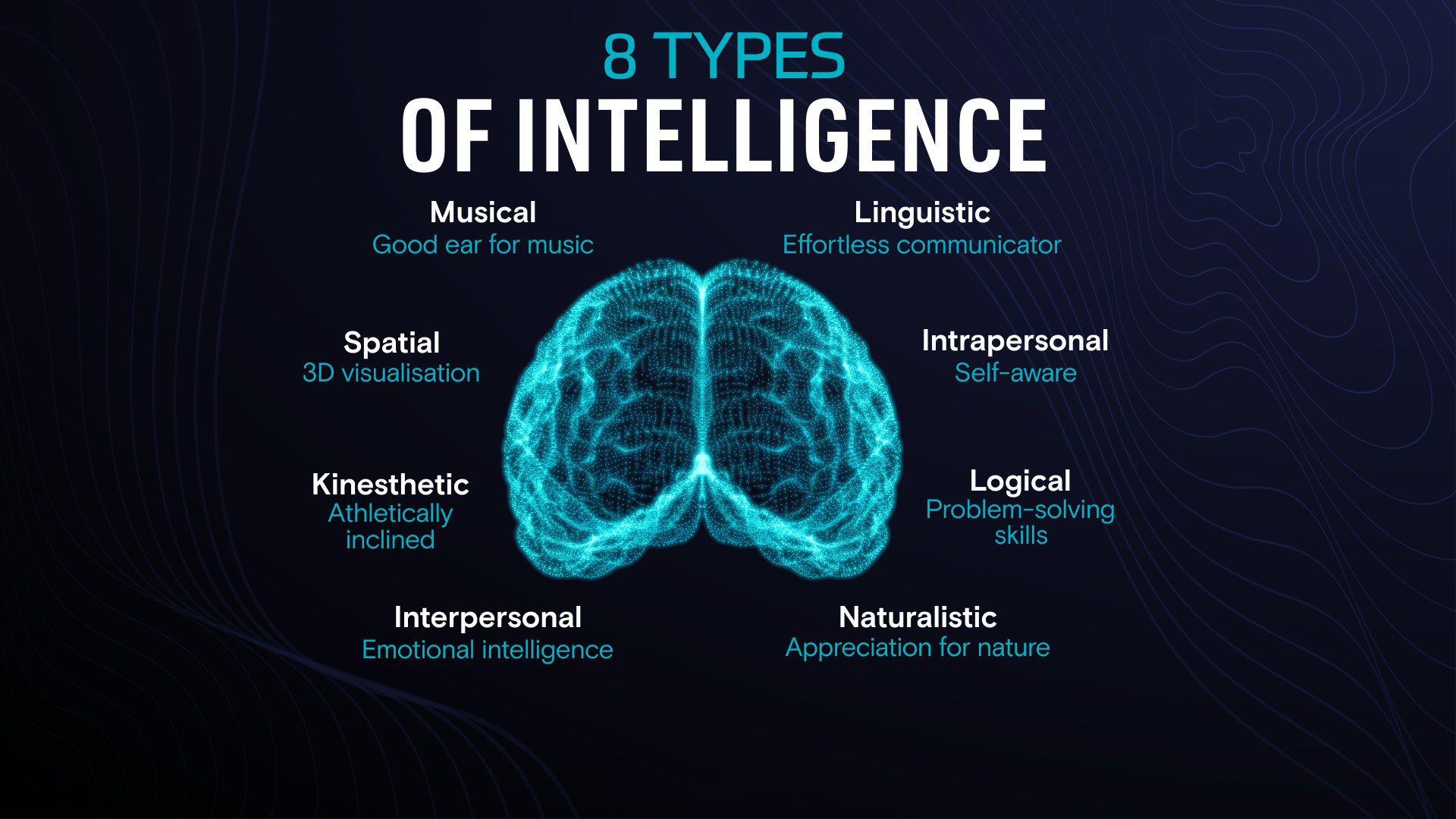Understanding Multiple Intelligences (MI)
Howard Gardner’s theory of Multiple Intelligences (MI) introduces a paradigm shift in education, recognizing the varied ways people perceive and engage with the world. This groundbreaking concept suggests that intelligence extends beyond traditional academic boundaries to encompass a broader spectrum of abilities.

The Eight Facets of MI
Linguistic Intelligence: Individuals with this strength excel in written and spoken language, demonstrating remarkable abilities in expression and comprehension.
Logical-Mathematical Intelligence: This form of intelligence highlights proficiency in reasoning, abstract thinking, and complex mathematical problem solving.
Spatial Intelligence: Possessors of spatial intelligence excel at visualizing and manipulating objects, understanding spatial relationships with ease.
Musical Intelligence: Characterized by a sensitivity to rhythm, pitch, and melody, this intelligence pertains to those deeply connected to musical expression and appreciation.
Bodily-Kinesthetic Intelligence: This intelligence reflects in those who use their body adeptly to express ideas or to solve problems, often observed in athletes and performers.
Interpersonal Intelligence: It denotes the ability to understand and interact effectively with others, showcasing strong communicative and empathetic skills.
Intrapersonal Intelligence: This form involves a deep self-awareness and the capacity to use this introspection to guide personal decision-making.
Naturalistic Intelligence: Individuals with a keen sensitivity to the natural world, capable of recognizing and categorizing natural phenomena, exhibit this intelligence.
Revolutionizing Education Through MI
By acknowledging the diversity of intelligences, educators can tailor learning experiences to fit the unique strengths and needs of each student. This personalized approach fosters a more inclusive and engaging educational environment, encouraging students to explore and develop their natural abilities.
Embracing Inclusivity in Learning
The adoption of MI theory in educational settings promotes a holistic view of intelligence. It challenges traditional norms, advocating for a system that recognizes the value and potential of every type of learner.
Conclusion: Fostering a Brighter Educational Future
Implementing Multiple Intelligences in teaching practices offers a pathway to a more equitable and effective education system. It highlights the importance of understanding and nurturing the diverse talents of students, ensuring everyone has the opportunity to succeed and flourish.


